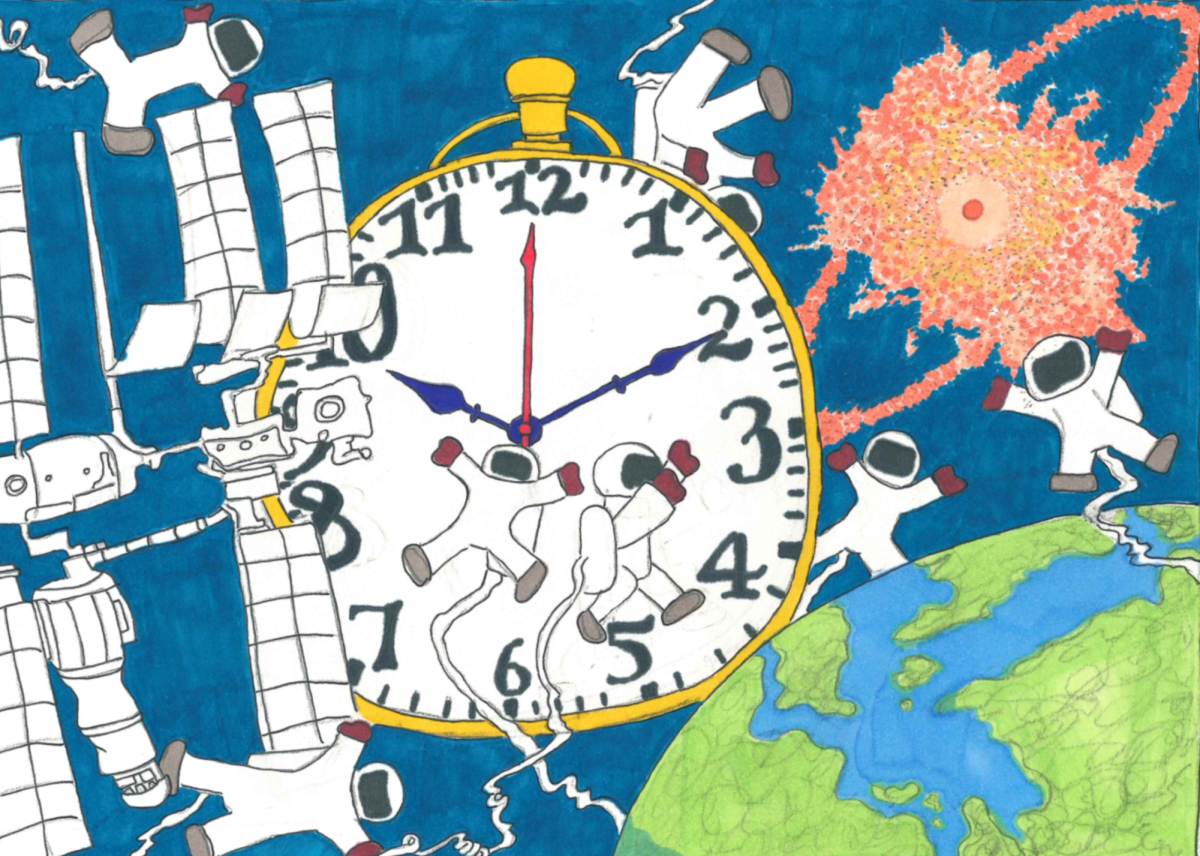A UT graduate student helped lead a project to capture an image of an exoplanet, a planet outside of Earth’s solar system that orbits around a star, according to an Oct. 9 press release.
Kyle Franson, graduate student fellow in the Department of Astronomy, co-led the project with Johns Hopkins University graduate student William Balmer. The two captured the image of the exoplanet, called AF Lep b, despite challenges with time and visibility.
“The biggest difficulty is that the planets are much fainter than their stars,” Franson said. “You have to apply all sorts of algorithms and data reduction strategies, and use some of the largest telescopes to pick out these 1 in 10,000 bits of light that’s coming from one of these planets.”
Balmer said the planet became more difficult to spot each day, posing an additional challenge to what was already a taxing project.
“We had to take the image quickly because the planet’s orbit would take it too close to the star to be observable by late 2024,” Balmer said in an email.
The students used the James Webb Space Telescope, which orbits the sun 1.5 million kilometers from Earth, to capture the image.
“We were imaging the planet from space with (the telescope),” Franson said. “It is reaching a level of sensitivity that we could only dream of before.”
Accessing the telescope came with its own hurdles, and the students had to be given “director’s discretionary time” to complete the project, which Balmer said is reserved for time-sensitive and high-impact observations.
Brendan Bowler, who helped supervise the project, said Balmer and Franson were able to convince the observatory director to grant them more time with the telescope.
“It’s especially impressive that this effort was driven from its inception to publication by graduate students,” Bowler said in an email. “This is the first time this discretionary time was handed to graduate students.”
The project can provide information about the atmospheric composition, orbit and other properties of a planet that a simple indirect image cannot, Balmer said.
Franson said the project paves the way for further scientific discovery, as only a small fraction of exoplanets have been directly imaged.
“We’re pushing the frontier,” Franson said. “We’re really at the front of learning about and using these tools to study planet atmospheres.”













